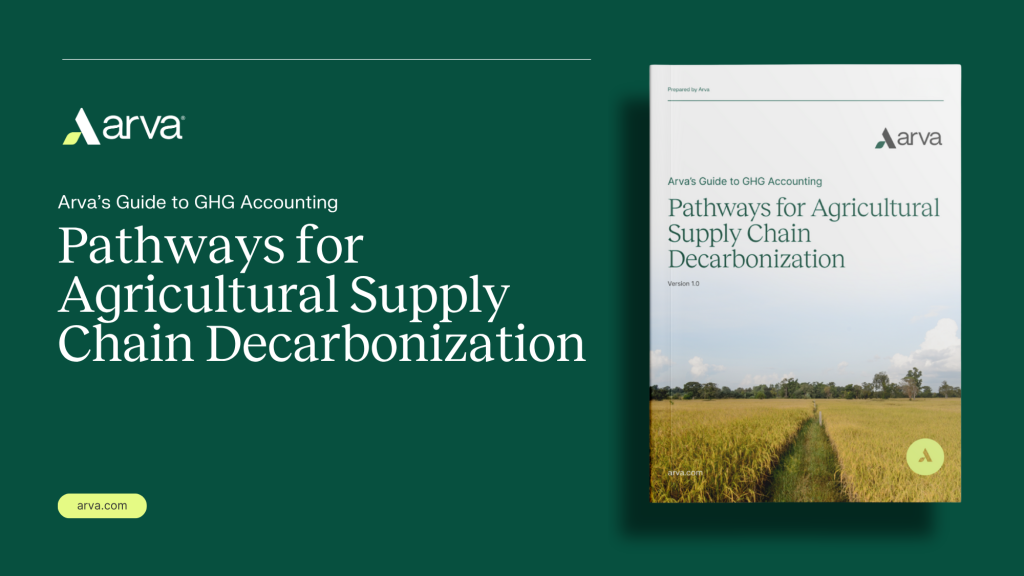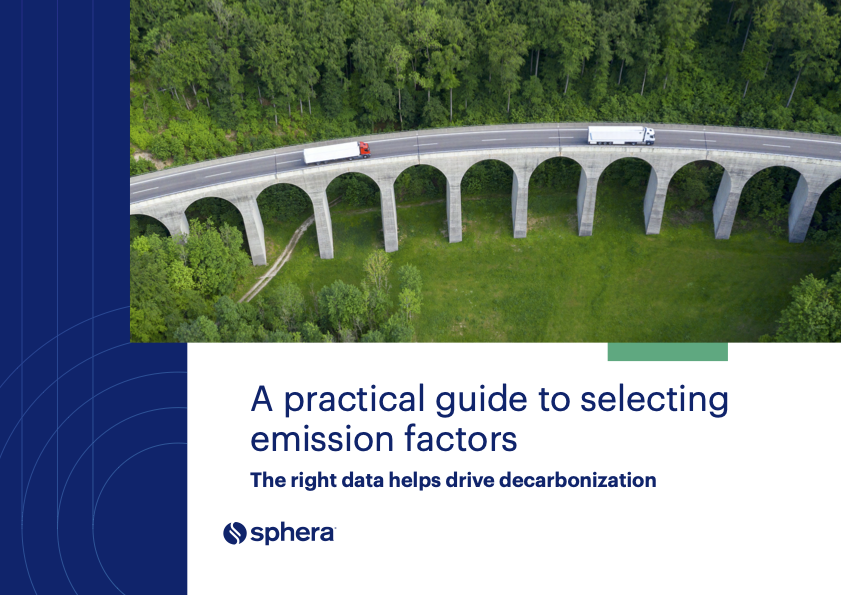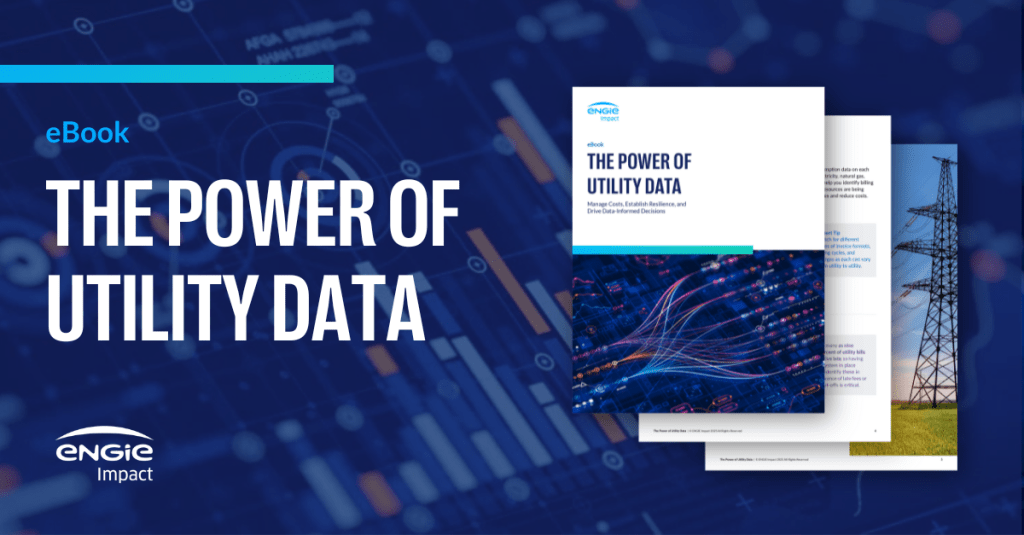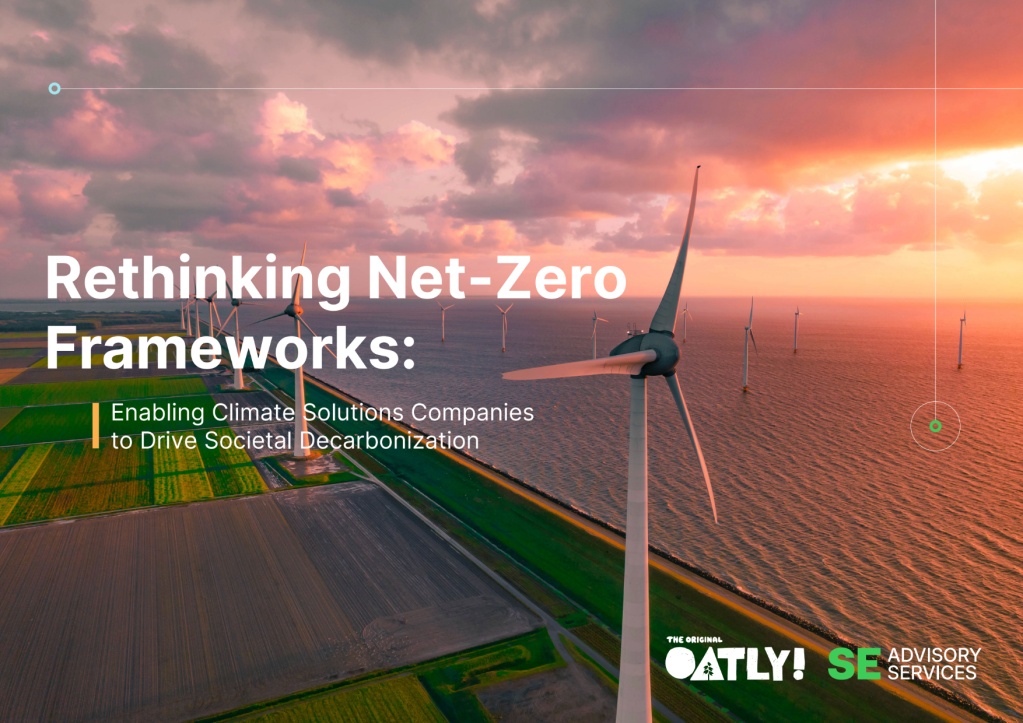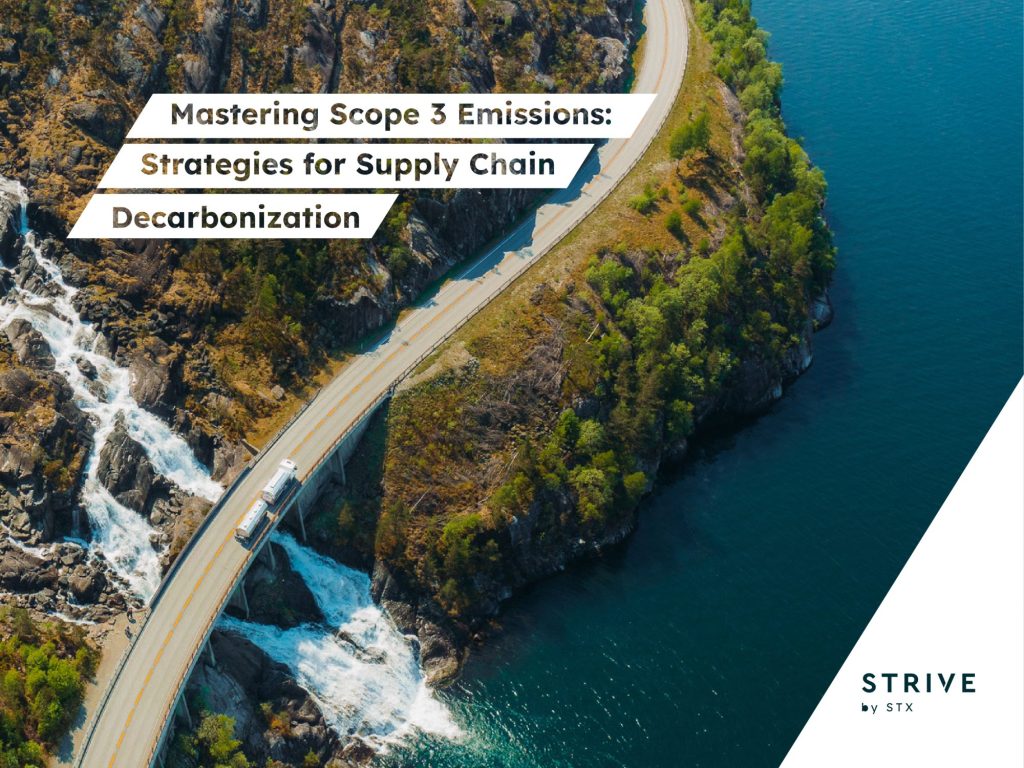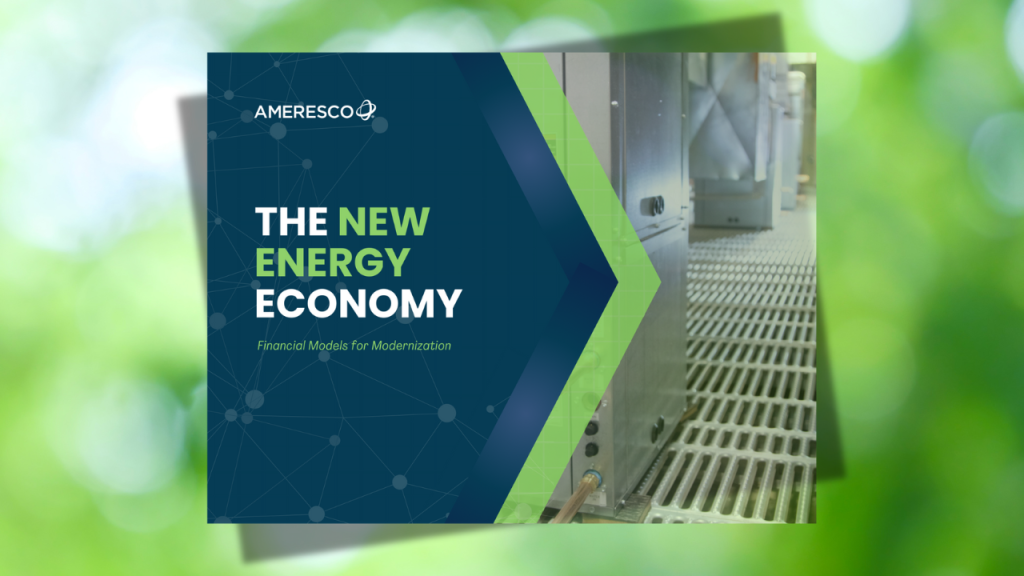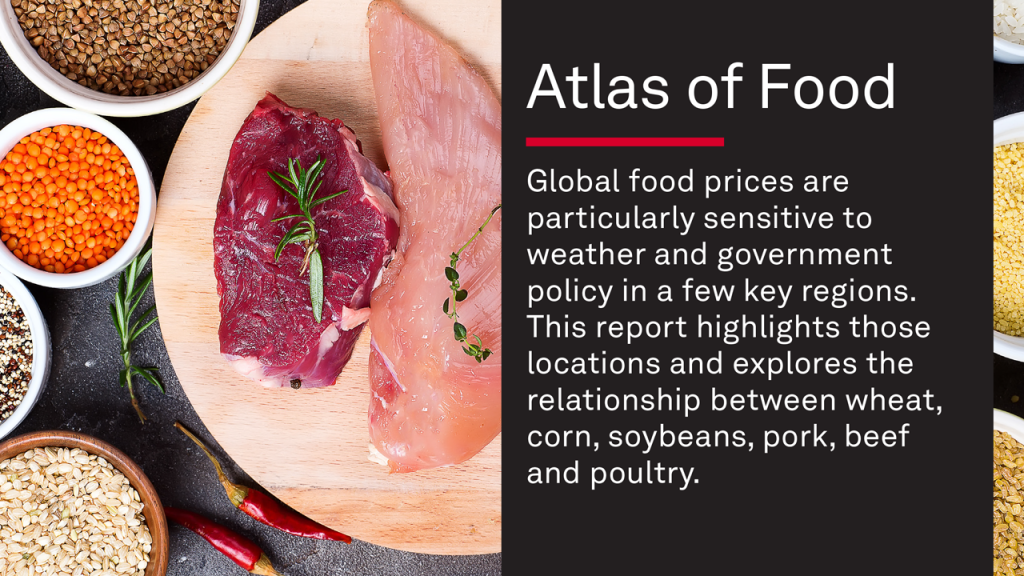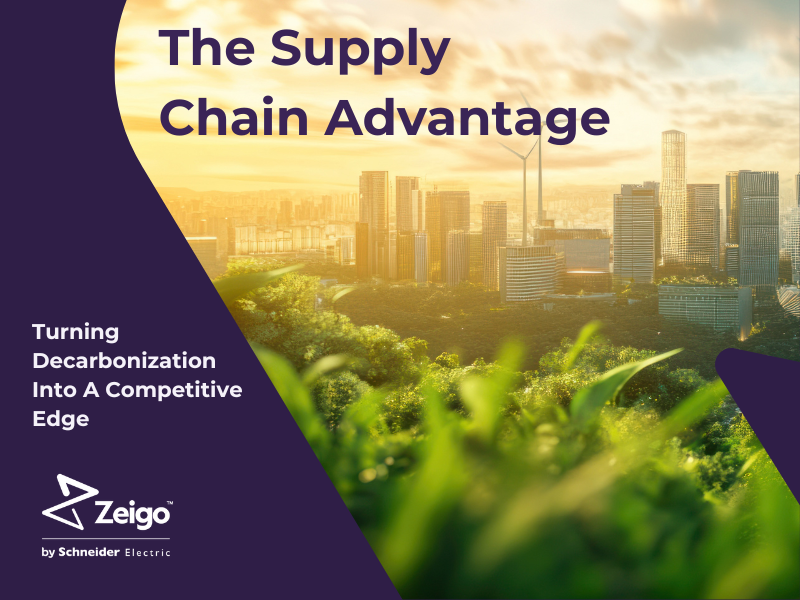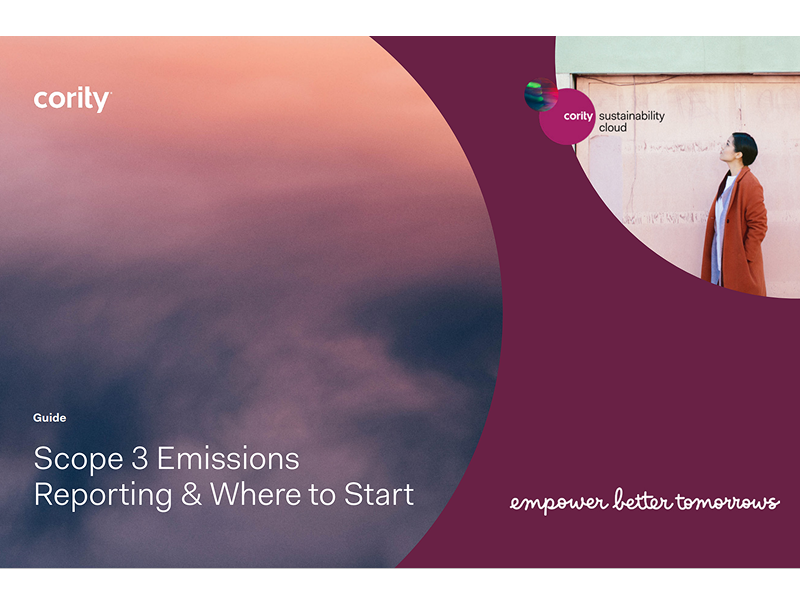How Carter’s, H&M and Gap are making kidswear more sustainable
The three fashion giants are advancing safety and circularity, in ways similar and not. Read More
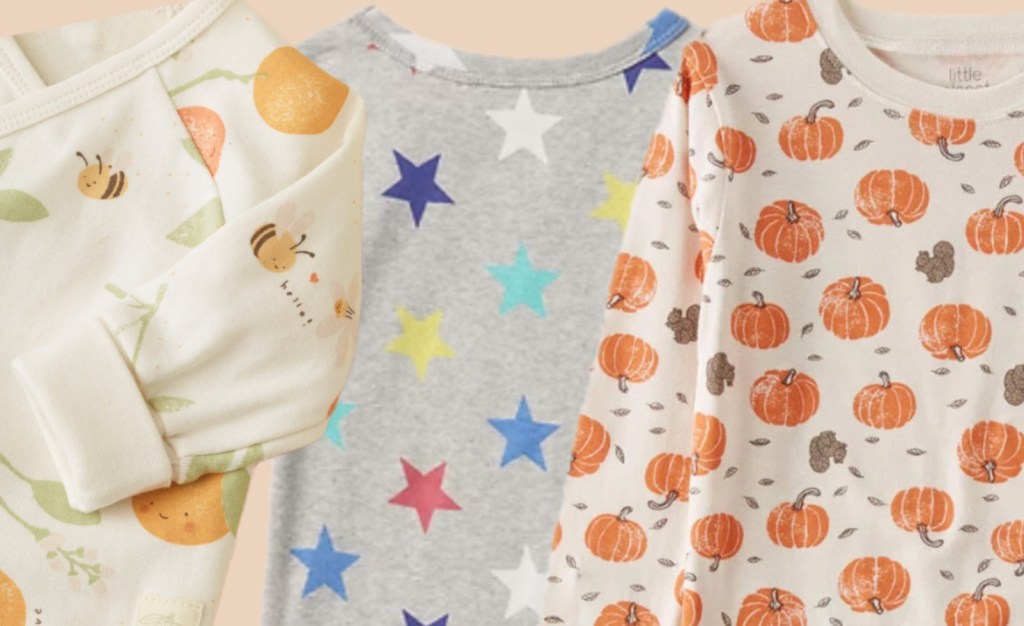
-
Major brands are cautiously embracing resale, repair and recycled content.
-
Chemical safety is gaining traction, though consumer-facing transparency varies.
-
Surveys show strong interest in sustainable kidswear, but resale and hand-me-downs still dominate due to cost and skepticism of brand claims.
Kids wear out onesies, footed PJs and T-shirts at an exhausting rate. (For parents, anyway.) And like most of fashion, children’s clothing hasn’t typically featured the circular economy staples of durability, reuse and recycling.
But with the industry facing a sustainability reckoning — and big brands having been slow to capitalize on expectations that used children’s apparel sales will grow 11 times faster than fashion overall — Carter’s, H&M Group and Gap Inc. are taking varied approaches to address the waste, chemicals and carbon footprints of their kidswear.
They’re doing so in a fast-expanding ecosystem fueled by increasingly concerned parents:
- Global sustainable fashion sales are expected to grow 9.5 percent annually through 2033, according to Business Research Insights, reaching $20.84 billion.
- In the U.S., recent state regulations have banned toxic per- and polyfluoroalkyl substances (PFAS), used for stain- and water-resistance in apparel.
- Hundreds of boutique children’s brands now put sustainability at the top of their sales pitches.
- Three-fourths of parents say they would pay more for sustainable products, according to the 2023 Business of Sustainability Index.
- More than one-third of parents plans to buy back-to-school products with sustainability attributes for their kids, according to a 2024 Deloitte survey.
That said, few consumers will pay a huge premium for clothing that makes healthful claims.
To support their net zero goals, validated by the Science-Based Targets initiative, the following best-selling names in kidswear focus less on product end-of-use. Instead, they’ve made headway on their materials footprints through such things as organic-cotton certifications and investment in textile recycling startups. Here’s a snapshot of how three best-selling children’s brands approach these efforts:
Carter’s
The 160-year-old Atlanta company holds a roughly one-fifth market share for children’s clothing, including its namesake brand and Osh Kosh B’Gosh. With 1,200 U.S. stores and wholesale partnerships with Amazon and Walmart, its sales reached $2.8 billion last year.
Carter’s sustainability strategy centers around safety, durability and sourcing, according to Anu Piduru, senior director of sustainability.
By this fall, 99 percent of its clothing will have Oeko-Tex 100 certification. That label reflects testing of every part of a garment — including zippers, buttons, prints and labels— for the absence of 1,000 chemicals of concern, such as PFAS, bisphenol-A and heavy metals. This exceeds most regulatory requirements.
Carter’s maintains a restricted substances list for finished products and is rolling out the same for manufacturing, in alignment with respected standards.
The company’s small organic-cotton Little Planet line has taken off over the past four years, according to Piduru. “The biggest draw is the sustainable aspect, the certified organic cotton and the recycled materials that go into those products,” she told Trellis. Little Planet meets the Global Organic Textile Standard, which ensures organic fibers with “clean” chemistry.
The company wants to use cotton — which makes up 70 percent of its fiber mix — that is 100 percent sustainably sourced by 2030, enabled in part by the Better Cotton standard.
In May, Carter’s rebooted its KidsCycle takeback initiative; what was once as a mailback program has now expanded into (some) stores. In the most recent full year of the program, Terracycle helped Carter’s downcycle 22,467 pounds worth of products into bedding and sports equipment.
According to Piduru, Carter’s is still trying to understand its customers’ perception of brand sustainability and circular business models. That’s especially important, she said, because kidswear production cycles aren’t at a fast-fashion pace. “We don’t just kind of turn and burn through these designs,” Piduru said.
Carter’s hasn’t jumped into branded resale, partly because so many informal and third-party networks exist for people to keep kids’ clothes in circulation. For example, tens of thousands of Carter’s items sell each year on eBay, ThredUp and elsewhere.
“As a mom myself, I know that children’s clothes in general are getting probably more used or used by more people than adult clothing is,” Piduru said. “You buy one shirt as an adult, and you might wear it once and donate it once, but I’ve got kids’ clothes that have been handed down to us by nieces and nephews and siblings.”
Eventually, though, “Circularity in childrenswear makes sense given its shorter lifecycles,” said Tasha Lewis, a North Carolina State University professor of human sciences who researches sustainability in fashion.
Gap Inc.
The San Francisco company, which had $15.1 billion in revenue last year, sells one-fifth of all baby clothes in the U.S., according to IBIS World. Relevant brands for the under-18 set include Gap Baby, Gap Kids, Old Navy and Athleta.
Gap Inc. got rid of PFAS in 2023, ahead of state regulations. It keeps restricted substances lists both for finished products and manufacturing.
Leaning heavily on natural fibers, Gap reached 98 percent cotton from “sustainable sources” in 2024, toward a 100 percent goal this year. That includes Better Cotton-certified material. Forty percent of its polyester is recycled, toward a 45 percent goal for 2025. As with H&M, however, it’s unclear, exactly where such preferable materials appear within children’s clothing.
Notably, Gap Inc. recently invested in Ambercycle, producer of textile-to-textile recycled polyester. It also committed to secure 10,000 tons per year of recycled polyester from textile-to-textile recycling startup Syre. And the company’s participation in the ThredUp resale marketplace kept 848,800 pieces of apparel out of landfills in 2024. That was mostly from its Athleta brand, the company said.
“As the resale revolution continues to gain momentum, participating in re-commerce is not only good for our planet, but good for business,” said Mark Breitbard, Gap Inc.’s president of specialty brands, in 2020.
H&M Group
Stockholm-based H&M Group, with 4,338 stores in 2024, accounts for 5 to 9 percent of the kids’ apparel market, according to Future Market Insights.
It’s not easy to determine exactly how much of the privately held group’s $24 billion in annual sales last year came from its juvenile offerings, but in its H&M retail stores, non-adult clothes appear to take up at least 10 percent of floor space.
Although a fast fashion mainstay, the company seeks to become fully circular. “That means reducing waste and emissions across the value chain, and creating new business models that keep garments in use longer,” CEO Helena Helmersson said in 2023.
As for resale, the H&M Pre-Loved line has since 2023 offered used clothing for all ages in partnership with ThredUp. H&M is also a majority owner of the European secondhand site Sellpy.
Meanwhile, H&M is also investing in recycled materials. For example, last year it co-launched startup Syre. It also recently revived its support of cotton-recycling startup Circulose and has invested in lab-grown cotton startup Galy.
In 2024, 89 percent of the materials across H&M’s brands were recycled or “sustainably sourced,” toward a goal of 100 percent by 2030. All of its cotton is recycled, organic or otherwise sustainably sourced through programs such as Better Cotton. Ninety-four percent of its polyester is recycled, toward a 100 percent goal for 2025.
H&M was ahead of the curve 30 years ago in publishing its restricted materials list. The brand went PFAS-free more than a decade ago. It has demonstrated leadership in chemical management within its supply chain, backed up with well-respected third-party standards. However, like Gap, H&M has not focused on consumer-visible certifications such as OEKO-TEX.
One exception: its small collections of infant apparel with C2C Gold Certification from 2023. These organics could be composted at home, according to the standard overseen by the Cradle to Cradle Products Innovation Institute.

Subscribe to Trellis Briefing
Featured Reports

The Premier Event for Sustainable Business Leaders




